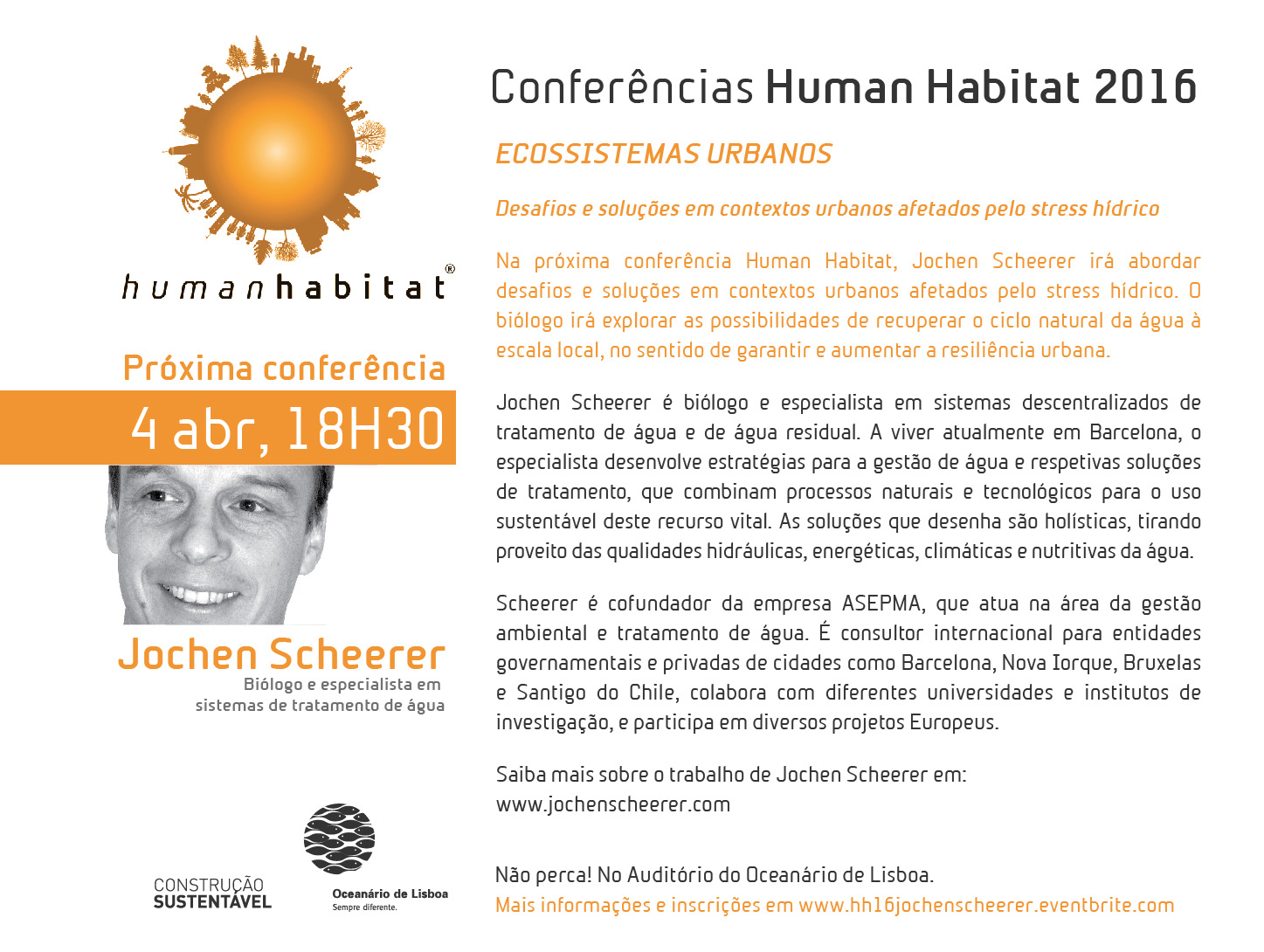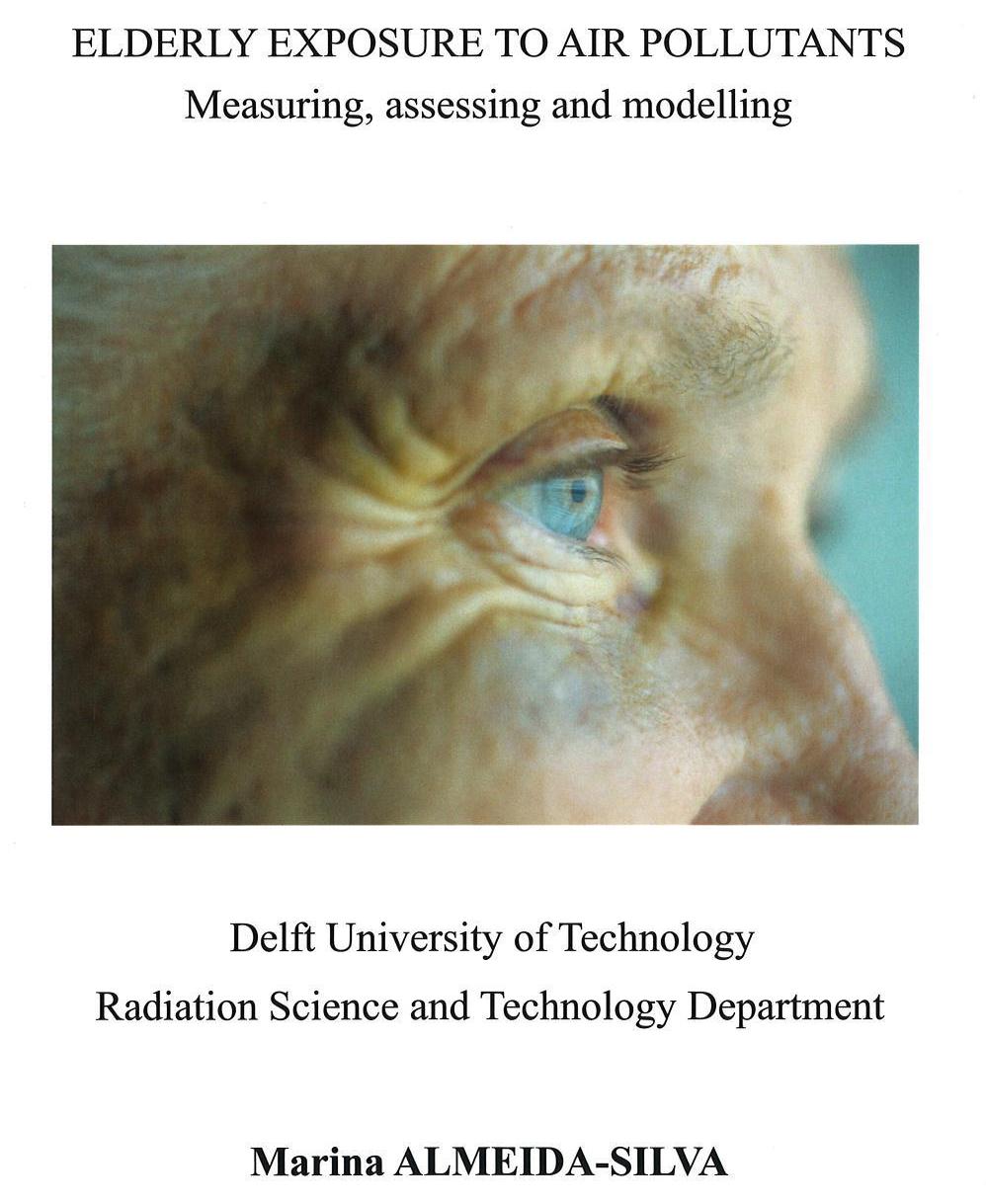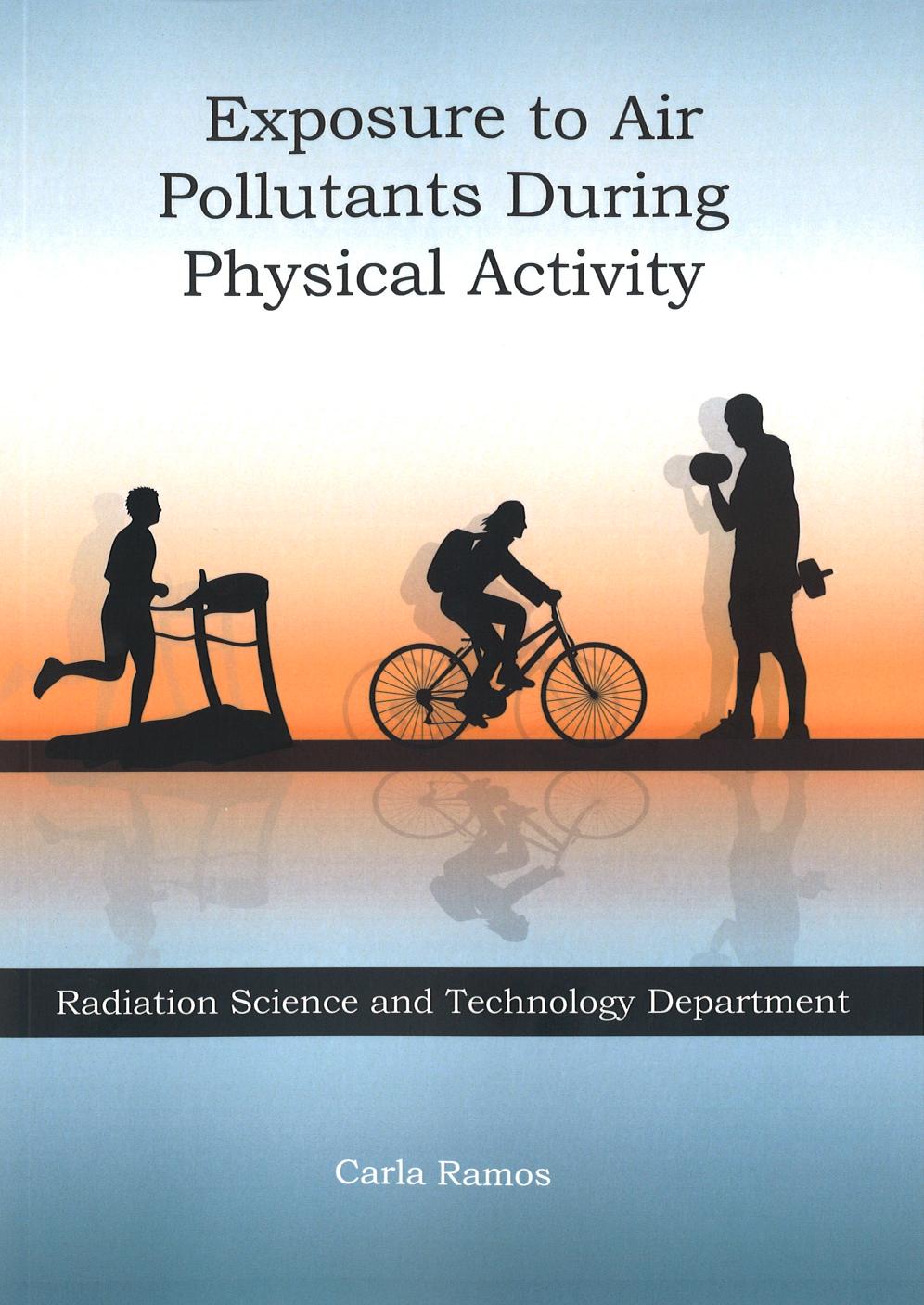No próximo dia 4 de abril, pelas 18h30m, o Oceanário de Lisboa irá receber a próxima conferência Human Habitat, “Ecossistemas Urbanos | Desafios e soluções em contextos urbanos afetados pelo stress hídrico“, com Jochen Scheerer, biólogo e especialista em sistemas de tratamento de água.
A participação na conferência é gratuita mediante inscrição prévia.
Na próxima conferência Human Habitat, Jochen Scheerer irá abordar desafios e soluções em contextos urbanos afetados pelo stress hídrico. O biólogo irá explorar as possibilidades de recuperar o ciclo natural da água à escala local, no sentido de garantir e aumentar a resiliência urbana.
Jochen Scheerer é biólogo e especialista em sistemas descentralizados de tratamento de água e de água residual. A viver atualmente em Barcelona, o especialista desenvolve estratégias para a gestão de água e respetivas soluções de tratamento, que combinam processos naturais e tecnológicos para o uso sustentável deste recurso vital. As soluções que desenha são holísticas, tirando proveito das qualidades hidráulicas, energéticas, climáticas e nutritivas da água.
Scheerer é cofundador da empresa ASEPMA, que atua na área da gestão ambiental e tratamento de água. É consultor internacional para entidades governamentais e privadas de cidades como Barcelona, Nova Iorque, Bruxelas e Santigo do Chile, colabora com diferentes universidades e institutos de investigação, e participa em diversos projetos Europeus.








